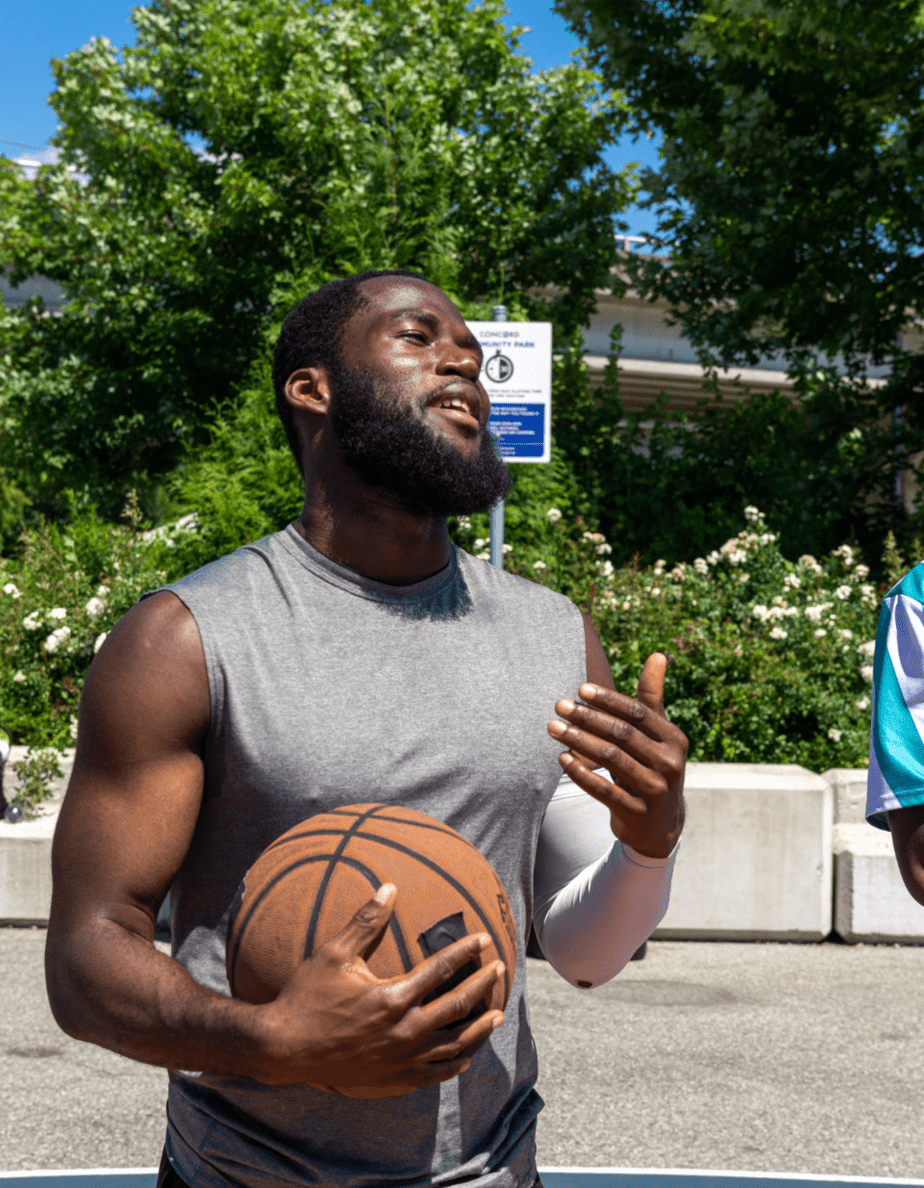When Was Basketball Invented?
Basketball was invented in 1891 by Dr James Naismith a physical education professor at the YMCA in Springfield, Massachusetts. He invented the game to keep his students exercising during the winter months and to improve their stamina. The game has grown into the worldwide athletic phenomenon we know it as today.
Where Basketball Originated
Basketball originated in at the YMCA Young Men’s Christian Association in Springfield, Massachusetts. The original game consisted of players throwing a ball through a hoop. The YMCA game was very popular with the public, so it was only natural that the game would be played at other YMCA facilities.
James Naismith invented the game of basketball by combining elements from a variety of sports. He had been inspired by William G. Morgan, a Canadian physical education instructor who had introduced him to the game of soccer.
He published the rules and specifications for the game in his book, ‘Basket Ball Rules and Regulations.

13 Original Rules of Basketball
According to USA Basketball, these are Naismith’s 13 original rules of basketball:
1. The ball may be thrown in any direction with one or both hands.
2. The ball may be batted in any direction with one or both hands (never with the fist).
3. A player cannot run with the ball. The player must throw it from the spot on which he catches it, allowance to be made for a man who catches the ball when running at a good speed if he tries to stop.
4. The ball must be held in or between the hands; the arms or body must not be used for holding it.
5. No shouldering, holding, pushing, tripping, or striking in any way the person of an opponent shall be allowed; the first infringement of this rule by any player shall count as a foul, the second shall disqualify him until the next goal is made, or, if there was evident intent to injure the person, for the whole of the game, no substitute allowed.
6. A foul is striking at the ball with the fist, violation of Rules 3,4, and such as described in Rule 5.
7. If either side makes three consecutive fouls, it shall count a goal for the opponents (consecutive means without the opponents in the mean time making a foul).
8. A goal shall be made when the ball is thrown or batted from the grounds into the basket and stays there, providing those defending the goal do not touch or disturb the goal. If the ball rests on the edges, and the opponent moves the basket, it shall count as a goal.
9. When the ball goes out of bounds, it shall be thrown into the field of play by the person first touching it. In case of a dispute, the umpire shall throw it straight into the field. The thrower-in is allowed five seconds; if he holds it longer, it shall go to the opponent. If any side persists in delaying the game, the umpire shall call a foul on that side.
10. The umpire shall be judge of the men and shall note the fouls and notify the referee when three consecutive fouls have been made. He shall have power to disqualify men according to Rule 5.
11. The referee shall be judge of the ball and shall decide when the ball is in play, in bounds, to which side it belongs, and shall keep the time. He shall decide when a goal has been made, and keep account of the goals with any other duties that are usually performed by a referee.
12. The time shall be two 15-minute halves, with five minutes’ rest between.
13. The side making the most goals in that time shall be declared the winner. In case of a draw, the game may, by agreement of the captains, be continued until another goal is made.
The Person Who Invented Basketball

James Naismith, the man who invented basketball, was born in Almonte, Ontario, Canada, in 1861. When he was nine years old, Naismith attended a school called the Almonte Collegiate Institute, which he attended until he was 18. By 1892, Naismith had written a book called “Basket Ball Rules” which was published in Springfield.
According to Springfield College’s article “Where Basketball was Invented: The History of Basketball” after graduating from Presbyterian College in Montreal with a theology degree, Naismith headed to Springfield to study physical education under Luther Halsey Gulick, superintendent of physical education at the College and known today as the father of physical education and recreation in the United States.
As Naismith, a second-year graduate student who had been named to the teaching faculty, looked at his class, his mind flashed to the summer session of 1891, when Gulick introduced a new course in the psychology of play. In class discussions, Gulick had stressed the need for a new indoor game, one “that would be interesting, easy to learn, and easy to play in the winter and by artificial light.” No one in the class had followed up on Gulick’s challenge to invent such a game. But now, faced with the end of the fall sports season and students dreading the mandatory and dull required gymnasium work, Naismith had a new motivation.
Springfield College’s article “Where Basketball was Invented: The History of Basketball”
We can also tell you what you need to know about traveling in basketball or getting a Triple Double. how to tall Steph Curry.
Need to know what an illegal screen looks like? We have that covered as well.
Troy Wright
I am a lifetime basketball enthusiast and loved playing basketball competitively through high school. I still try and play at least 3 times a week and explore all kinds of equipment and training to keep myself on the court and continually getting better. I am a college basketball fanatic and move onto the NBA when March Madness ends.
Meaningful conversations happening daily about training, recovery, and injury-specific rehabilitation as well as sport-specific discussions on playing, coaching and refereeing your favorite sport. We welcome experts and those with curious minds seeking answers.
Join The Stay On The Court Community!